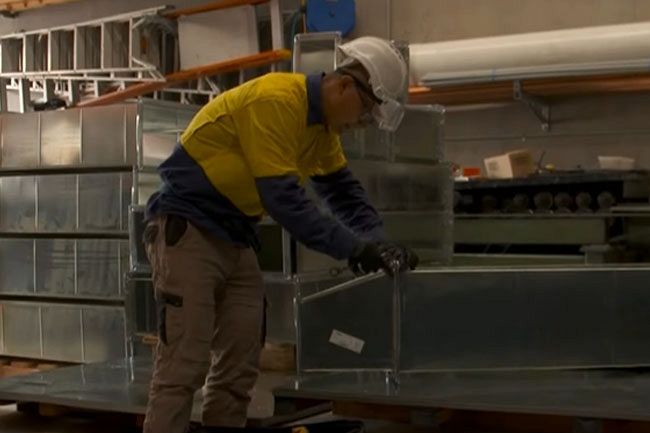The skills shortage in Australia has led to a surge in Temporary Skilled visa grants
WHENEVER THERE ARE major skills shortages in Australia, we see increased use of the Temporary Employer Sponsored visa in particular — the former subclass 457 and now subclass 482.
The number of such visa holders in Australia, both the primary visa holders as well as dependent families, has steadily declined since 2013-14
This was the combined result of a weaker labour market, major policy tightening introduced in 2017-18 and international border closures associated with the pandemic. Given the current skill shortages and re-opening of international travel, it would be expected use of the Skilled Temporary entry visa would increase rapidly.
Chart 2 shows that offshore Skilled Temporary visa grants increased significantly in 2021-22 but remained well below the peak of 2012-13.
In the June quarter of 2022, there were 11,808 offshore Temporary Skilled visa grants, well up on the 3,467 in the June quarter of 2021 and 326 in the June quarter of 2020. The June quarter of 2019 was 10,697 but that was a period when the labour market was not nearly as strong.
In the June quarter of 2012, there were 19,295 offshore Temporary Skilled visa grants — a time before the policy tightening of 2017-18 and when the labour market had recovered significantly after the Global Financial Crisis.
Major industry groups using this visa in 2021-22 were Professional, Scientific and Technical (18.6%); Information Media and Telecommunications (15.4%) and Health Care and Social Assistance (13.6%).
The major increases in industry group usage compared to 2020-21 were Professional, Scientific and Technical (80.1%); Mining (69%); Agriculture, Forestry and Fishing (44.7%).
The major occupations were Software Engineer (9.3%); Chef (6.2%); and Resident Medical Officer (4.7%). Surprisingly, Registered Nurses were not in the top 15 occupations.
The average salary was $102,200 with the lowest salaries paid to primary visa holders in Accommodation and Food Services ($64,400) and Agriculture, Forestry and Fishing (69,100) and the highest salaries paid in Mining ($146,500) and Financial and Insurance Services ($146,000).
In terms of the location of nominated positions, 43.5% were in NSW (well above population share of 31.5%); 28.3% in Victoria (below population share of 25.5%); 11.6% in Queensland (well below population share of 20.4%); and 11.1% in Western Australia (around population share of 10.7%). The portion in South Australia was a very low 2.6%, well below its population share of 7%.
The major source countries in 2021-22 were India (30.2%); the UK (10.6%); the Philippines (8.4%); South Africa (4.3%) and Ireland (3.2%).
China has steadily fallen back to 3% in 2021-22.
A substantial portion of Skilled Temporary entrants goes on to become permanent residents. In 2021-22, 29,030 skilled temporary visa holders were granted permanent residence, down from 31,680 in 2020-21.Of Skilled Temporary entrants, 68.1% of the 29,030 were sponsored by an employer for permanent migration; 9.9% were nominated by a state/territory government; 7.2% were sponsored by a family relative; 6.5% secured a partner visa and 6.4% were granted a Global Talent Independent visa.
Outlook
With skill shortages likely to persist for at least another 6-12 months, there will be intense pressure at the forthcoming Jobs Summit for the Skilled Temporary visa to be streamlined to make it internationally competitive. Many of the changes Opposition Leader Peter Dutton made in 2017-18 will be wound back.
This will result in a steady increase in the use of this visa, although at this stage it is unlikely we will see the peak usage that took place from 2011-14 although we are likely to see an increase in Skilled Temporary entrants acquiring permanent residence.
Further measures will also be needed to reduce the risk of these migrants being subject to exploitation and abuse by employers. That should include an increase in the minimum salary which has not been increased since 2013 as well as closer monitoring to ensure the minimum salary is being paid.
In this context, more targeted arrangements may be needed for aged care workers who generally are not well paid.
Source: https://independentaustralia.net/politics/politics-display/who-are-employers-sponsoring-from-overseas,16621

Originally posted 2022-08-03 17:07:24.





